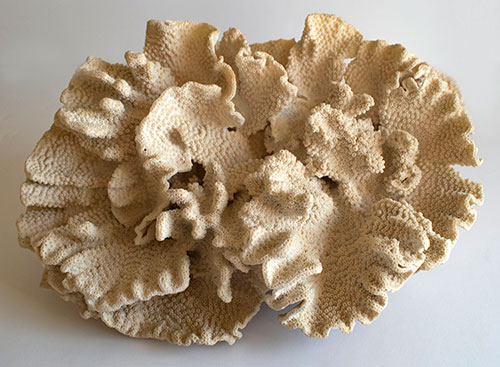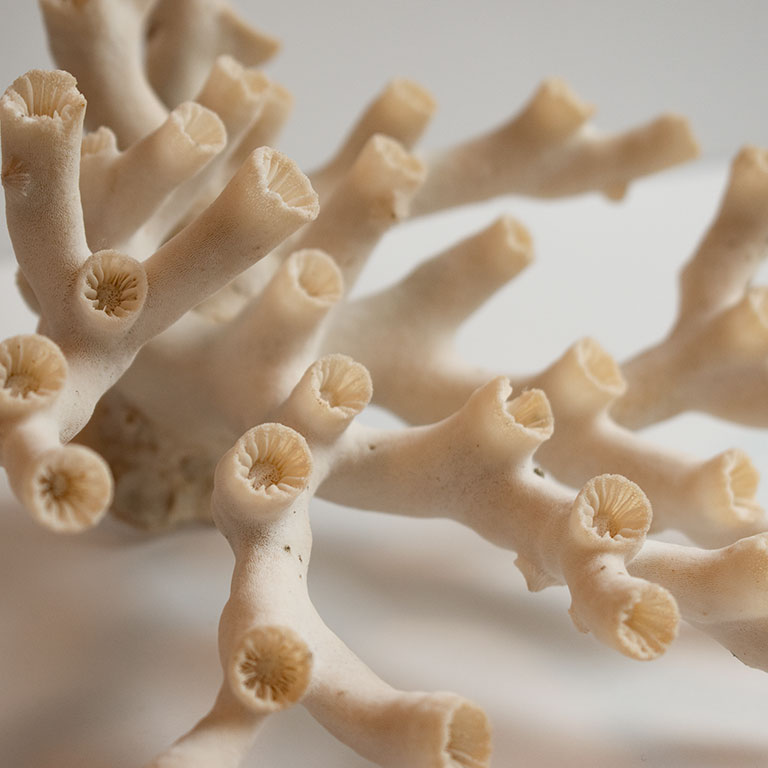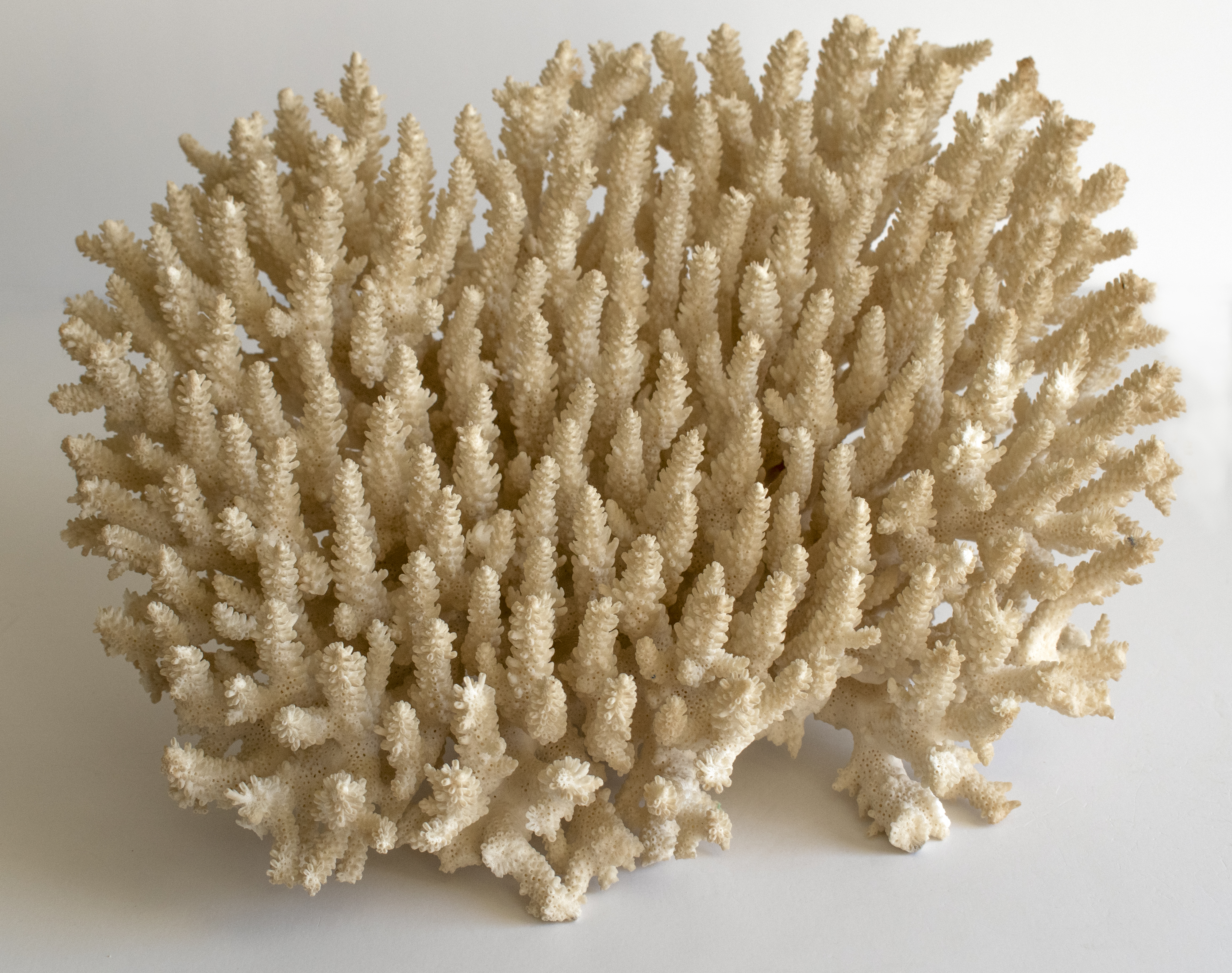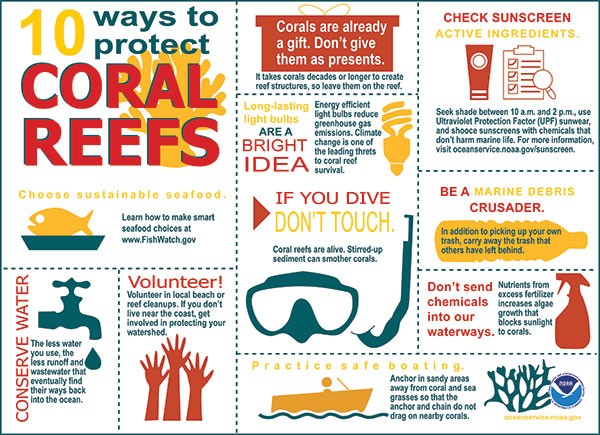Sources and Credits
Undergraduate Co-authors: Abigail Smith and Matthew Sullivan
Graduate Author: Lorena Jevnikar
CBRC Research Assistant: C.J. Salcido
CBRC Director: Claudia C. Johnson
Basic information on coral reefs. (n.d.). United States Environmental Protection Agency. https://www.epa.gov/coral-reefs/basic-information-about-coral-reefs
Burke, L., Reytar, K., Spalding, M. and Perry, A. (2012). Reefs At Risk Revisited in the Coral Triangle. Coral. (n.d.). Encyclopedia Britannica. https://www.britannica.com/animal/coral
Evans, D. (n.d.). Why are there no dinosaurs in Indiana? The Children's Museum. https://www.childrensmuseum.org
Hamers, L. (2018, January 4). Corals are severely bleaching five times as often as in 1980. Science News. Retrieved December 11, 2024, from https://www.sciencenews.org/article/ corals-are-severely-bleaching-five-times-often-1980#:~:text=COLORLESS%20Bleaching% 20removes%20the%20algae,frequently%20than%20four%20decades%20ago.
Leonard, A. (2022, May 31). Was Indiana Ever Underwater? Community Literacy. https://communityliteracy.org/was-indiana-ever-underwater/
Nunez, P. (2024, June 27). Was Indiana Ever Covered by a Shallow Sea? NCESC. https://www.ncesc.com/geographic-pedia/
Overview: Corals. (n.d.). National Oceanic and Atmospheric Agency. https://www.fisheries.noaa.gov/corals#overview
Quattrini, A.M., Rodríguez, E., Faircloth, B.C., Cowman, P.F., Brugler, M.R., Farfan, G.A., and McFadden, C.S. (2020). Paleoclimate Ocean Conditions Shaped the Evolution of Corals and their Skeletons Through Deep Time. Nature Ecology and Evolution, 4(11), 1531-1538.
Rupp, J. (n.d.). Tectonic Features of Indiana. Indiana Geological and Water Survey. https://legacy.igws.indiana.edu/Bedrock/tectonic
Status of Coral Reefs. (n.d.). Reef Resilience Network. https://reefresilience.org/stressors/reefs-are-at-risk/
Hughes, T.P. et al. Spatial and temporal patterns of mass bleaching of corals in the Anthropocene. Science. Vol. 359, January 5, 2017. doi:10.1126/sciadv.aan8048.
University of California. (n.d.). The Devonian in Indiana, US. The Paleontology Portal. https://www.nrc.gov
U.S Department of Commerce. (2016, April 4). Coral Reefs: Essential and threatened. NOAA. https://www.noaa.gov
Wilkins, I.P., and Scrutton, C. (n.d.). Corals. British Geology Survey. https://www.bgs.ac.uk
Wilson, J. (2008). Pre-glacial Indiana. In How the Ice Age Shaped Indiana (Second ed., pp. 6-10). Wilstar Media.
Zooxanthellae and Coral Bleaching | Smithsonian Ocean. (n.d.). Smithsonian Museum of Natural History. https://ocean.si.edu/ocean-life/invertebrates/zooxanthellae-and-coral-bleaching.





